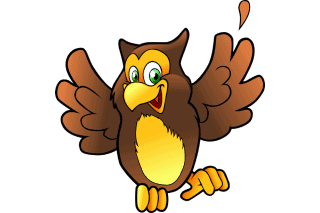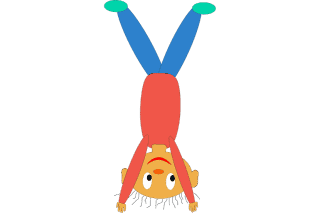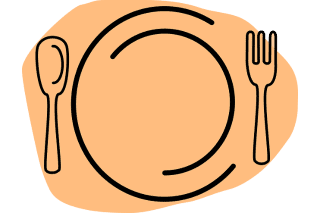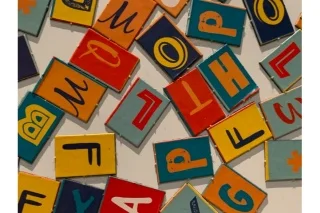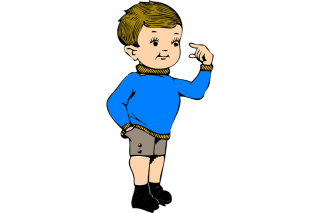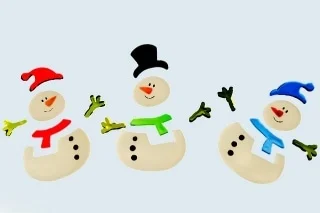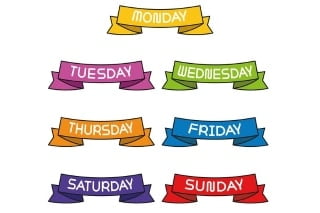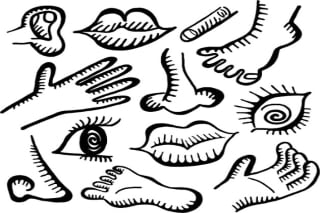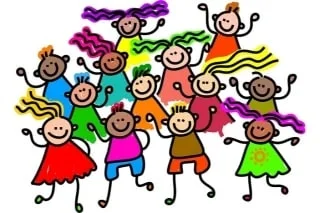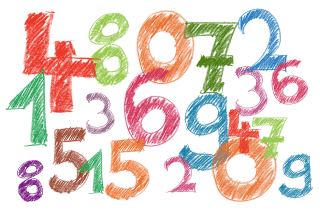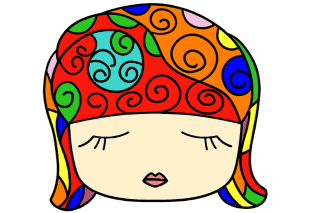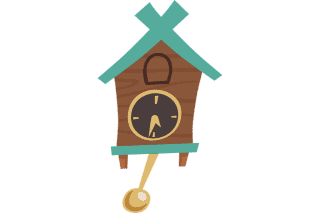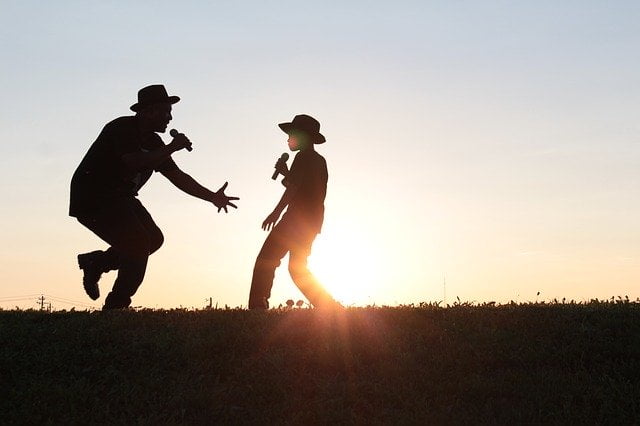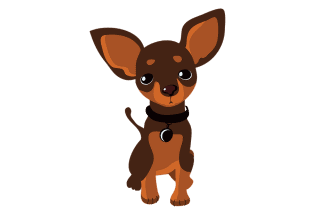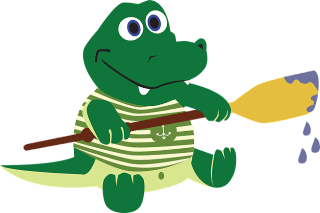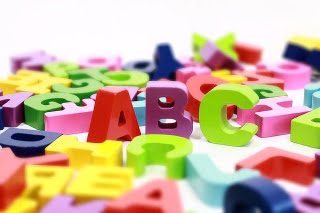
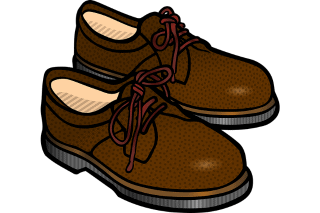
Cobbler cobbler mend my shoe
“Cobbler cobbler mend my shoe” rhyme is truly dedicated to Cobblers who makes and mend shoes and boots by replacing worn soles and heels by either sewing or gluing on the new pieces. So this nursery rhyme, ia about the interaction between a cobbler and a rather impatient customer.
Although in the past this rhyme was related to the the interaction with the cobbler, today its purpose is more an educational one, the children being able to learn about the cobbler profession and work. The rhyme is often used as a counting game or fingerplay, with the child’s fingers representing the “shoe” being mended by the cobbler.
https://www.high-endrolex.com/43
“Cobbler cobbler mend my shoe” rhyme lyrics
Cobbler, cobbler, mend my shoe
Get it done by half past two.
Half past two is much too late,
Get it done by half past eight.
Cobbler, cobbler, mend my shoe
Get it done by half past two.
Stitch it up and stitch it down
And I’ll pay you a shiny crown.
Cobbler, cobbler, mend my shoe
Get it done by half past two.
Half past two is much too late,
Get it done by half past eight.
Cobbler, cobbler, mend my shoe
Get it done by half past two.
Stitch it up and stitch it down
And I’ll pay you a shiny crown.
The first line of the rhyme, “Cobbler, cobbler, mend my shoe,” is a request for the cobbler to fix the child’s shoe. The second line, “Get it done by half-past two,” sets a deadline for the repair.
The third line, “Half-past two is much too late,” suggests that the child needs the shoe fixed sooner than half-past two. The fourth line, “Get it done by half-past eight,” provides a new, later deadline for the repair.
Overall, “Cobbler, cobbler, mend my shoe” is a playful and simple nursery rhyme that has been enjoyed by generations of children. It may have originated as a way for children to practice counting and telling time, as well as to learn about the importance of being punctual.
“Cobbler cobbler mend my shoe” rhyme lyrics another version
Cobbler, cobbler mend my shoe,
Get it done by half-past two,
Stitch it up and stitch it down,
Then I’ll walk around the town.
Cobbler, cobbler mend my boot,
Mend it well to fit my foot,
Stitch it up and stitch it down,
Then I’ll walk around the town.
Cobbler, cobbler buckle my shoe,
Get it done by half-past two,
Stitch it up and stitch it down,
Then I’ll walk around the town.
Cobbler, cobbler lace my shoe,
Get it done by half-past two,
Stitch it up and stitch it down,
Then I’ll walk around the town.
- cobbler cobbler lyrics
- cobbler cobbler rhyme
- cobbler cobbler shoes
- cobbler cobbler hindi
- cobbler cobbler poem lyrics
- cobbler cobbler poem for kids
- cobbler cobbler mend my shoe poem lyrics
- cobbler cobbler mend my shoe in hindi
- cobbler cobbler mend my shoe poem
Frequently asked questions (FAQ's) based on “Cobbler cobbler mend my shoe”
Answer : Yes, the cobbler mend the shoes.
Answer : A cobbler is someone who fixes shoes. If your shoes are getting old or its heels falling off then a cobbler can mend your shoes.
Answer : A cobbler which cannot make the shoes but he can mend your shoes.
Answer : The difference between shoemaker and cobbler is that shoemaker is a person who makes shoes while cobbler is a person who repairs shoes.
Answer : Another way to become a shoe cobbler is to simply go to work at a shoe repair shop.
Answer : Cobbler, a person who repairs, and sometimes makes, shoes.
Answer : British tradition distinguishes the terms cordwainer and cobbler, restricting cobblers to repairing shoes. In this usage, a cordwainer is someone who makes new shoes using new leather, whereas a cobbler is someone who repairs shoes.
Answer : This rhyme is showing the haughtiness of the customer.
- cobbler cobbler mend my shoe meaning
- cobbler cobbler mend my shoe nursery rhyme lyrics
- nursery rhymes cobbler cobbler mend my shoe lyrics
- activities on cobbler cobbler mend my shoe rhyme
- cobbler cobbler mend my shoe rhyme versions
Some more details based on “Cobbler cobbler mend my shoe”
“Cobbler Cobbler, Mend My Shoe” is a traditional nursery rhyme that has been passed down through generations. The rhyme dates back to at least the 18th century and was originally used as a way for parents to teach their children the importance of hard work and self-reliance.
The rhyme is often accompanied by a hand game where the child taps their foot and the person reciting the rhyme uses their fingers to represent the motions of a cobbler repairing a shoe.
The rhyme is often interpreted as a lesson in time management, teaching children the importance of setting realistic deadlines and being prepared to adjust them if necessary. It can also be seen as a commentary on the importance of hard work and the value of self-reliance.
Overall, “Cobbler Cobbler, Mend My Shoe” is a classic nursery rhyme that has been enjoyed by generations of children. Its simple melody and playful hand game have helped make it a beloved part of childhood folklore, while its underlying message about hard work and self-reliance remains as relevant today as it was centuries ago.
- cobbler cobbler lyrics
- cobbler cobbler rhyme
- cobbler cobbler shoes
- cobbler cobbler hindi
- cobbler cobbler poem lyrics
- cobbler cobbler poem for kids
- cobbler cobbler mend my shoe poem lyrics
- cobbler cobbler mend my shoe in hindi
- cobbler cobbler mend my shoe poem
Some activities for children's based on "Cobbler cobbler mend my shoe"
- Shoe Craft: Provide the children with different materials, such as construction paper, glitter, glue, and markers, and have them create their own shoe designs or decorate a cardboard cut-out of a shoe. After the shoes are decorated, you can have the children show off their designs and explain the creative choices they made. You can also display the shoes in a designated area of the classroom or in the children’s cubbies for them to take home and show to their families.
Note: This activity promotes creativity, imagination, and helps children develop their artistic skills. It also encourages children to use their fine motor skills, hand-eye coordination, and practice their scissor skills.
- Shoe Store Dramatic Play: Set up a shoe store in your classroom or play area, and provide the children with different types of shoes, a cash register, and a play money. Encourage them to take turns being the customer and the shoe store assistant, and practice counting money and making change.
Note: This activity promotes social interaction, role-playing, and helps children develop important math and communication skills.
- Shoe Scavenger Hunt: Hide different types of shoes around the classroom or play area, and have the children search for them. You can also have them identify the different parts of a shoe or practice tying shoelaces as part of the activity. Can also provide the children with a list of shoes to find or show them a picture of each shoe they need to find. You can also use descriptive words or clues to help the children locate the shoes. For example, you can say “Find the shoe with laces” or “Find the shoe with a buckle”.
Note: This activity promotes gross motor skills, observational skills, and helps children develop important self-help skills.
- Shoe Matching Game: Create a matching game by cutting out pictures of different shoes from magazines or drawing them on index cards. Have the children match the pairs of shoes based on color, style, or size.
Note: This activity promotes visual discrimination, memory skills, and helps children develop their vocabulary and observational skills.
- cobbler cobbler mend my shoe meaning
- cobbler cobbler mend my shoe nursery rhyme lyrics
- nursery rhymes cobbler cobbler mend my shoe lyrics
- activities on cobbler cobbler mend my shoe rhyme
- cobbler cobbler mend my shoe rhyme versions
Related links
Categories
Other popular rhymes
Other related keywords and search's
- cobbler cobbler lyrics
- cobbler cobbler rhyme
- cobbler cobbler shoes
- cobbler cobbler hindi
- cobbler cobbler poem lyrics
- cobbler cobbler poem for kids
- cobbler cobbler mend my shoe poem lyrics
- cobbler cobbler mend my shoe in hindi
- cobbler cobbler mend my shoe poem
- cobbler cobbler mend my shoe meaning
- cobbler cobbler mend my shoe nursery rhyme lyrics
- nursery rhymes cobbler cobbler mend my shoe lyrics
- activities on cobbler cobbler mend my shoe rhyme
- cobbler cobbler mend my shoe rhyme versions


